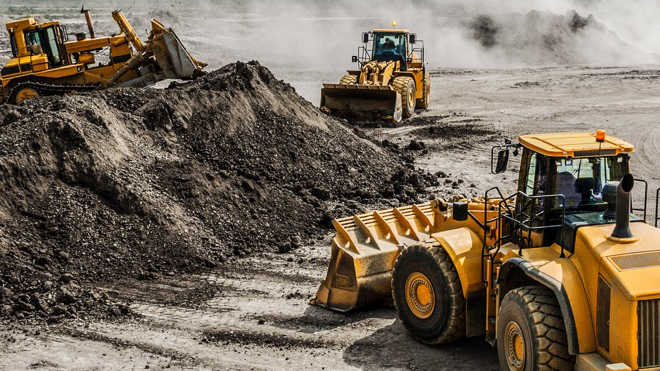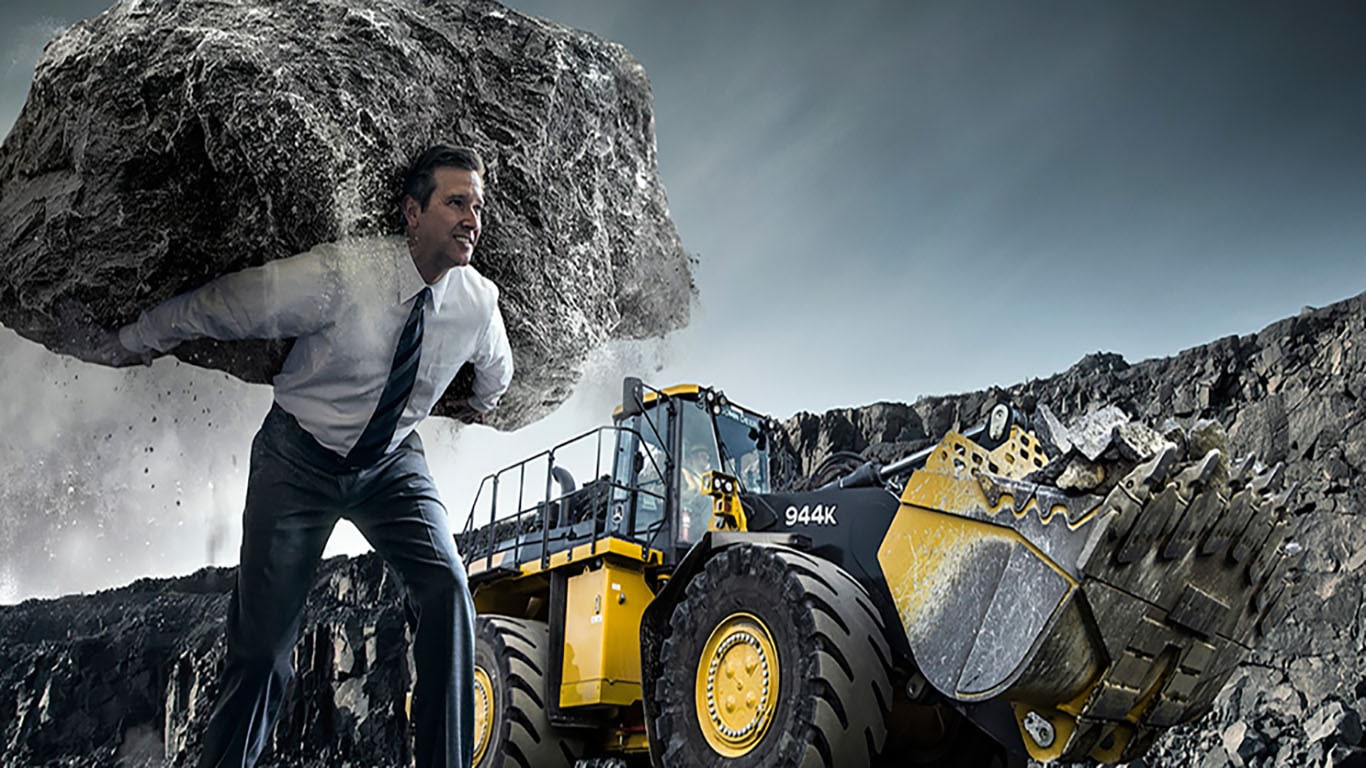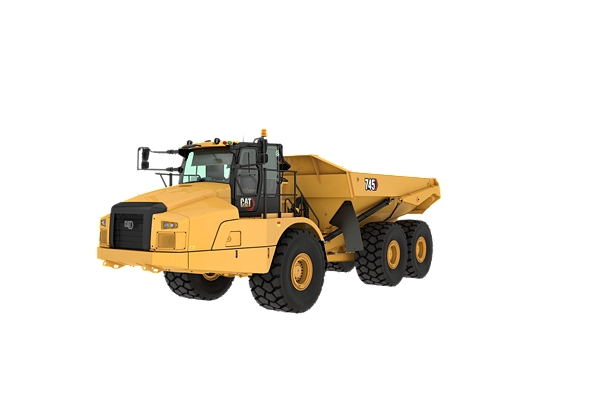Heavy Equipment Rental: High-Quality Machinery for Rent
Heavy Equipment Rental: High-Quality Machinery for Rent
Blog Article
Renting Vs. Buying Construction Devices: Making the Right Option for Your Task
When starting a building task, one of the vital choices that predict stakeholders and supervisors deal with is whether to lease or purchase building tools. Both alternatives have their advantages and disadvantages, making the selection a pivotal one in the task planning process. The decision depends upon different variables such as price considerations, task period, devices upkeep, danger, scalability, and flexibility management. Each component plays a crucial function in determining the most appropriate path for the project's equipment demands. aerial lift rental. Let's discover these variables better to recognize how they affect the decision-making process and eventually the success of the task.
Price Considerations
Renting out devices typically needs lower first settlements compared to buying, making it an attractive choice for short-term jobs or professionals with budget restraints. In the long run, constantly leasing tools can collect higher costs than acquiring, especially for extended projects.
On the various other hand, getting building and construction devices entails higher upfront prices however can cause lasting cost savings, specifically for long-term projects or frequent individuals. Owning devices supplies flexibility, ease, and the possibility for resale value once the job is completed. Furthermore, owning equipment enables personalization and experience with certain machinery, potentially raising efficiency and performance on-site. Ultimately, the decision in between renting and buying building tools depends upon the project's duration, frequency of use, budget factors to consider, and lasting monetary objectives.
Project Period

On the other hand, for long-lasting jobs or continuous building job, getting devices might be the extra economical alternative. Purchasing equipment can result in set you back savings in the future, especially if the equipment will be often made use of. Furthermore, owning devices supplies a feeling of control over its availability and permits customization to fit particular job requirements.

Equipment Maintenance
Offered the vital role task duration plays in establishing the most cost-efficient strategy in between acquiring and leasing building devices, the focus now shifts in the direction of taking a look at the vital aspect of tools maintenance. Correct upkeep is critical for guaranteeing the ideal performance and durability of construction devices. Leasing equipment usually includes the benefit of having well-kept equipment supplied by the rental company. This can minimize the burden of upkeep jobs from the project owner or professional, conserving time and initiative. On the other hand, having tools needs a proactive strategy to upkeep to stop break downs, make certain security, and expand the equipment's life expectancy. Normal evaluations, maintenance, and prompt repair work are required to keep owned and dozer rental operated equipment in top working condition. Element in upkeep costs when deciding in between buying and leasing, as neglecting maintenance can cause pricey repair work, downtime, and job delays. Eventually, a well-maintained building tools fleet, whether rented out or possessed, is important for the successful and effective conclusion of building and construction projects.
Adaptability and Scalability
In the world of building and construction equipment management, the element of versatility and scalability holds significant importance for job efficiency and resource usage. Choosing to rent out building tools provides a high level of versatility as it allows for the quick modification of equipment kinds and amounts based upon the developing needs of a task. Renting out makes it possible for service providers to access a wide variety of specialized equipment that might be required for details jobs without the lasting commitment of ownership. This versatility is especially useful for jobs with varying demands or unsure periods (equipment rental company).
In addition, scalability, an additional vital factor, is inherently linked to flexibility. Leasing building tools supplies the benefit of easily scaling procedures up or down as job needs change. Professionals can rapidly add or trade tools to match the project's altering demands without the restraints of owning properties that may come to be underutilized or outdated. This ability to scale resources successfully can cause expense savings and boosted project timelines, making renting out a positive choice for tasks requiring adaptability and responsive resource appropriation.
Risk Monitoring
Reliable threat administration in construction equipment procedures is critical to making sure job success and mitigating prospective economic losses. Building projects inherently entail different threats, such as equipment failures, mishaps, and job delays, which can substantially influence the project timeline and spending plan. By meticulously considering the dangers connected with owning or renting building and construction equipment, project managers can make informed choices to decrease these prospective risks.
Leasing building and construction devices can offer a level of threat mitigation by transferring the responsibility of upkeep and repair services to the rental firm. This can decrease the monetary problem on the task owner in situation of unexpected devices failures (heavy equipment rental). Additionally, leasing provides the flexibility to accessibility customized equipment for details task stages, minimizing the danger of owning underutilized equipment
On the various other hand, having building and construction devices offers a sense of control over its use and upkeep. Nevertheless, this likewise indicates birthing the full duty for repair work, upkeep prices, and depreciation, increasing the monetary risks related to tools ownership. Mindful danger assessment and factor to consider of aspects such as task period, devices application, and upkeep requirements are essential in determining the most appropriate choice for effective risk management in construction projects.
Conclusion
Finally, when determining in between acquiring and renting out building and construction equipment, it is essential to think about expense, task duration, equipment maintenance, flexibility, threat, and scalability monitoring. Each variable plays an essential role in identifying one of the most suitable option for the project available. By very carefully examining these facets, project managers can make an educated choice that lines up with their budget plan, timeline, and general job objectives.

Report this page